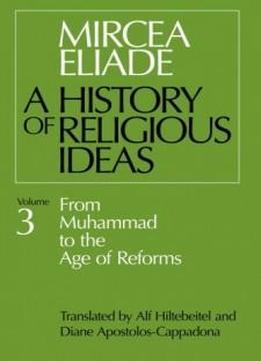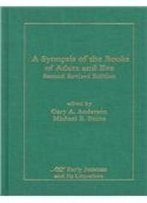
A History Of Religious Ideas, Vol. 3: From Muhammad To The Age Of Reforms
by Mircea Eliade /
1988 / English / PDF
28.3 MB Download
This volume completes the immensely learned three-volume
This volume completes the immensely learned three-volumeA
History of Religious Ideas
A
History of Religious Ideas. Eliade examines the movement of
Jewish thought out of ancient Eurasia, the Christian
transformation of the Mediterranean area and Europe, and the rise
and diffusion of Islam from approximately the sixth through the
seventeenth centuries. Eliade's vast knowledge of past and
present scholarship provides a synthesis that is unparalleled. In
addition to reviewing recent interpretations of the individual
traditions, he explores the interactions of the three religions
and shows their continuing mutual influence to be subtle but
unmistakable.
. Eliade examines the movement of
Jewish thought out of ancient Eurasia, the Christian
transformation of the Mediterranean area and Europe, and the rise
and diffusion of Islam from approximately the sixth through the
seventeenth centuries. Eliade's vast knowledge of past and
present scholarship provides a synthesis that is unparalleled. In
addition to reviewing recent interpretations of the individual
traditions, he explores the interactions of the three religions
and shows their continuing mutual influence to be subtle but
unmistakable.
As in his previous work, Eliade pays particular attention to
heresies, folk beliefs, and cults of secret wisdom, such as
alchemy and sorcery, and continues the discussion, begun in
earlier volumes, of pre-Christian shamanistic practices in
northern Europe and the syncretistic tradition of Tibetan
Buddhism. These subcultures, he maintains, are as important as
the better-known orthodoxies to a full understanding of Judaism,
Christianity, and Islam.
As in his previous work, Eliade pays particular attention to
heresies, folk beliefs, and cults of secret wisdom, such as
alchemy and sorcery, and continues the discussion, begun in
earlier volumes, of pre-Christian shamanistic practices in
northern Europe and the syncretistic tradition of Tibetan
Buddhism. These subcultures, he maintains, are as important as
the better-known orthodoxies to a full understanding of Judaism,
Christianity, and Islam.










